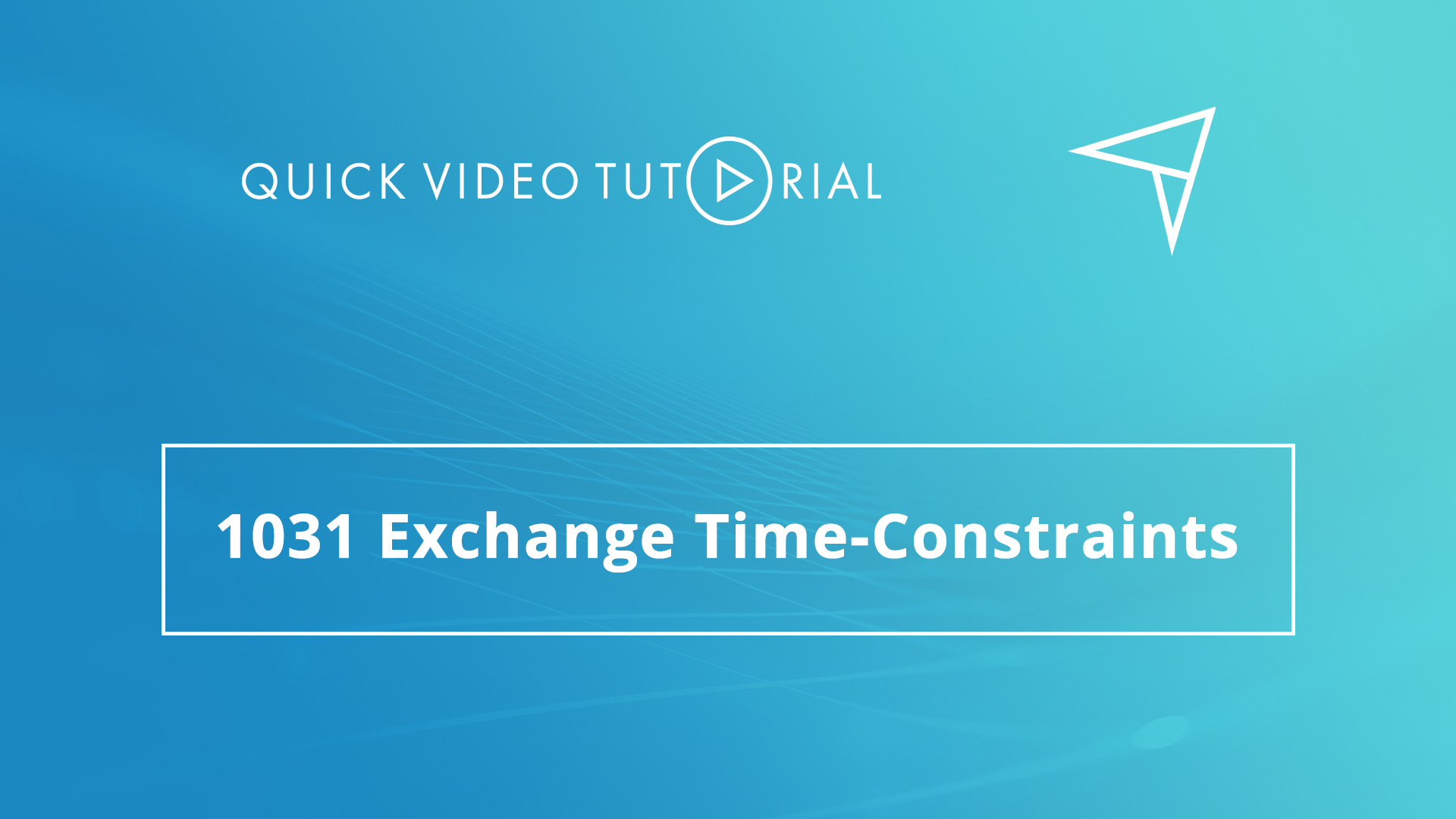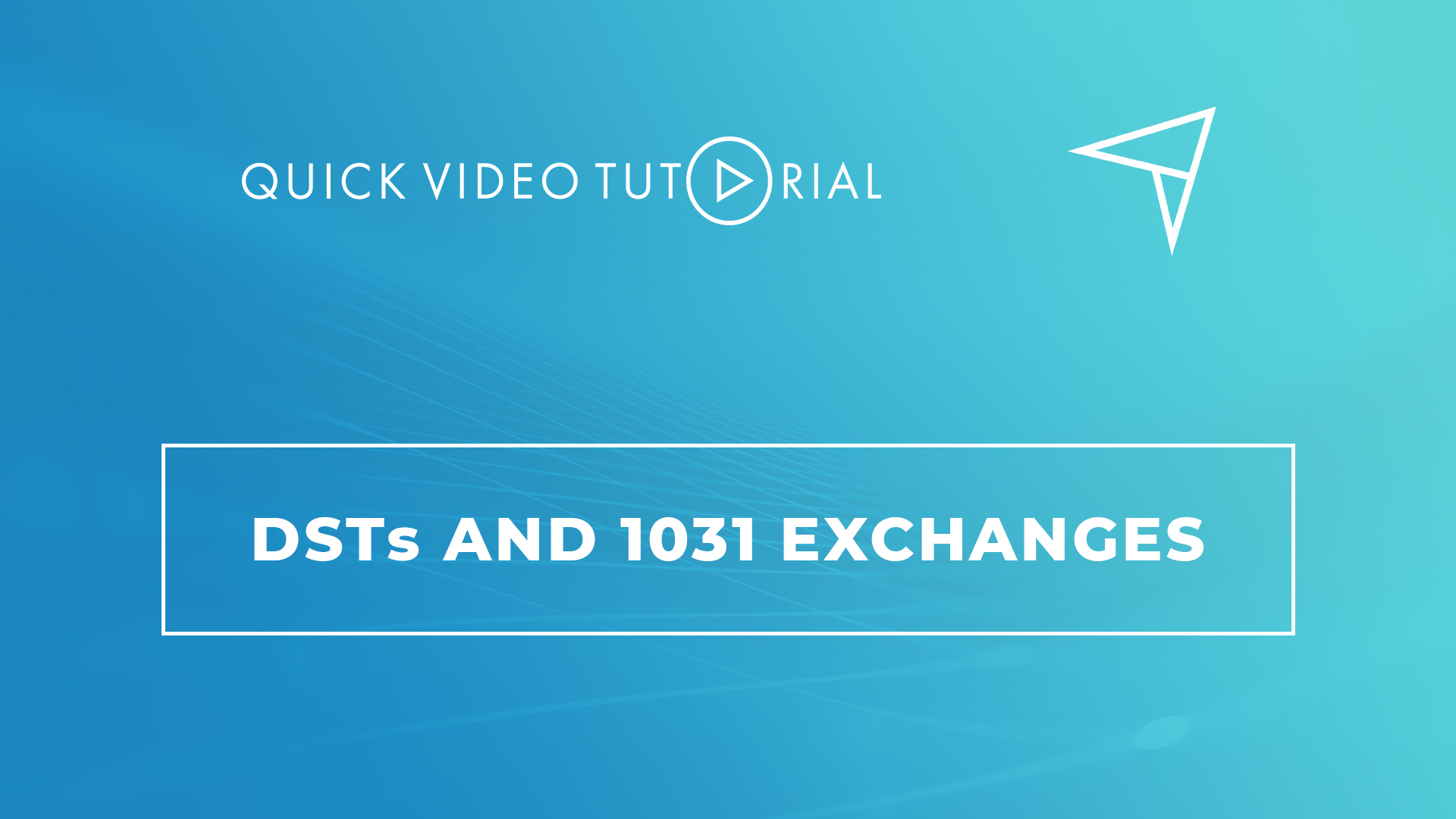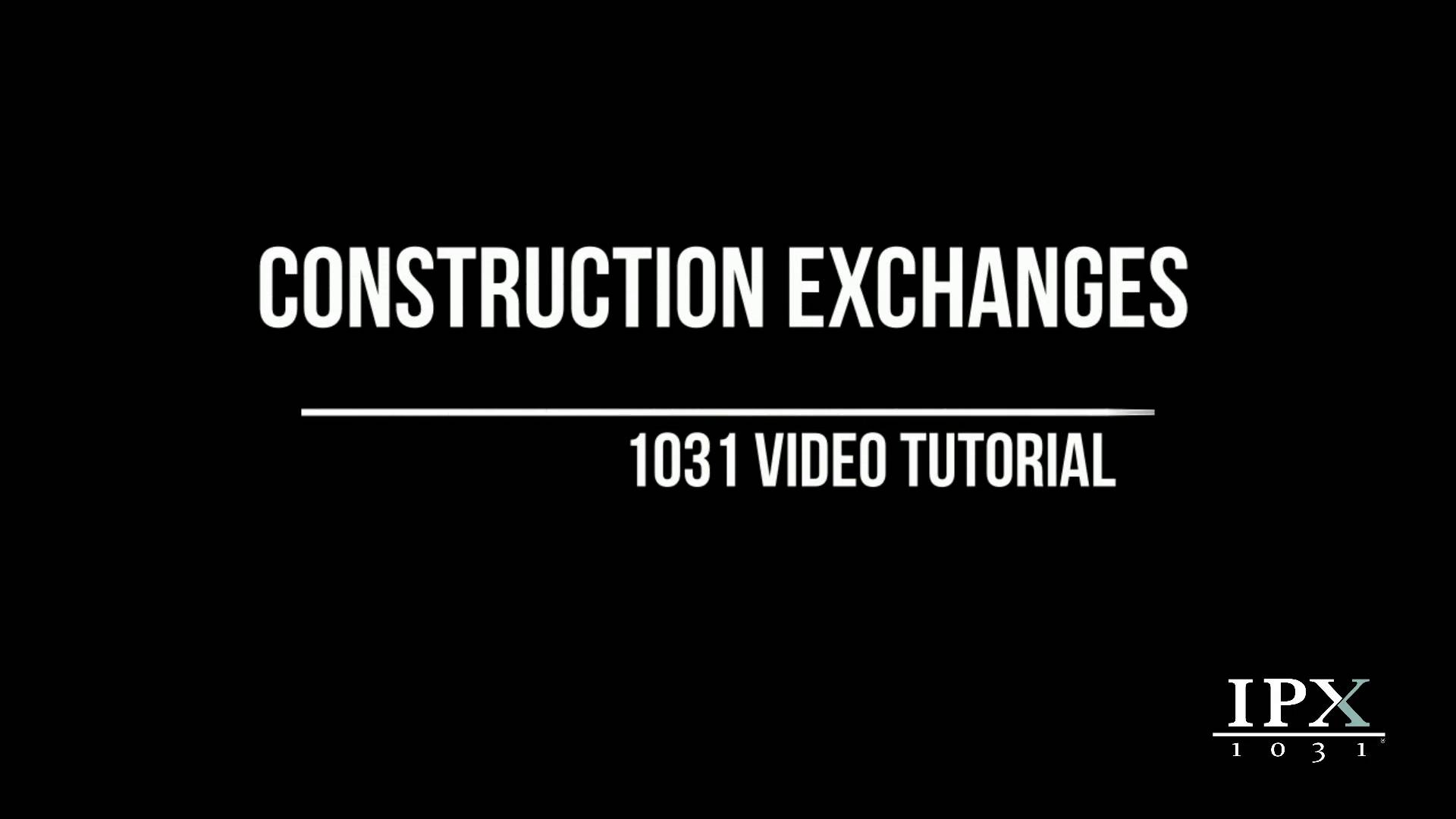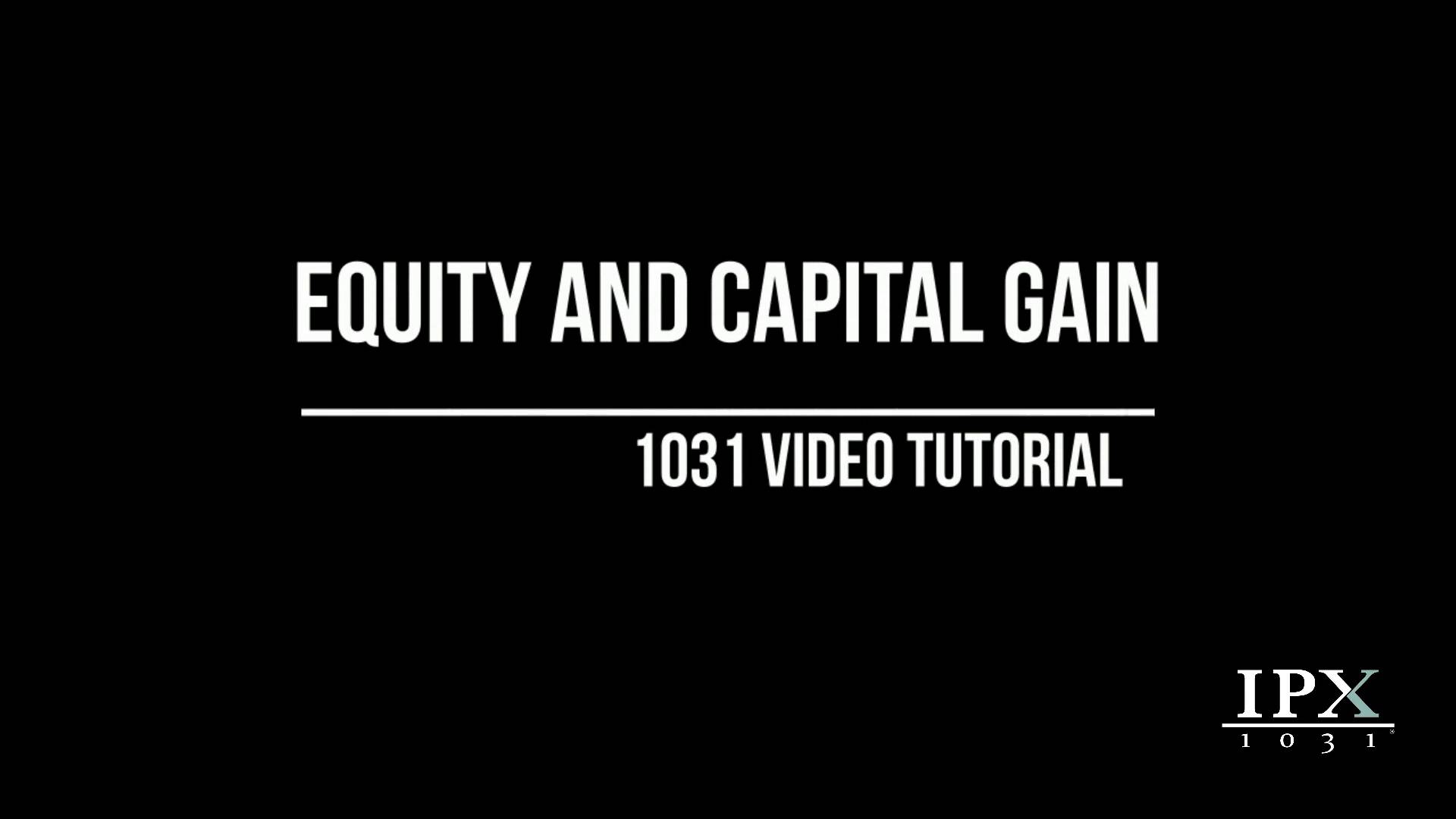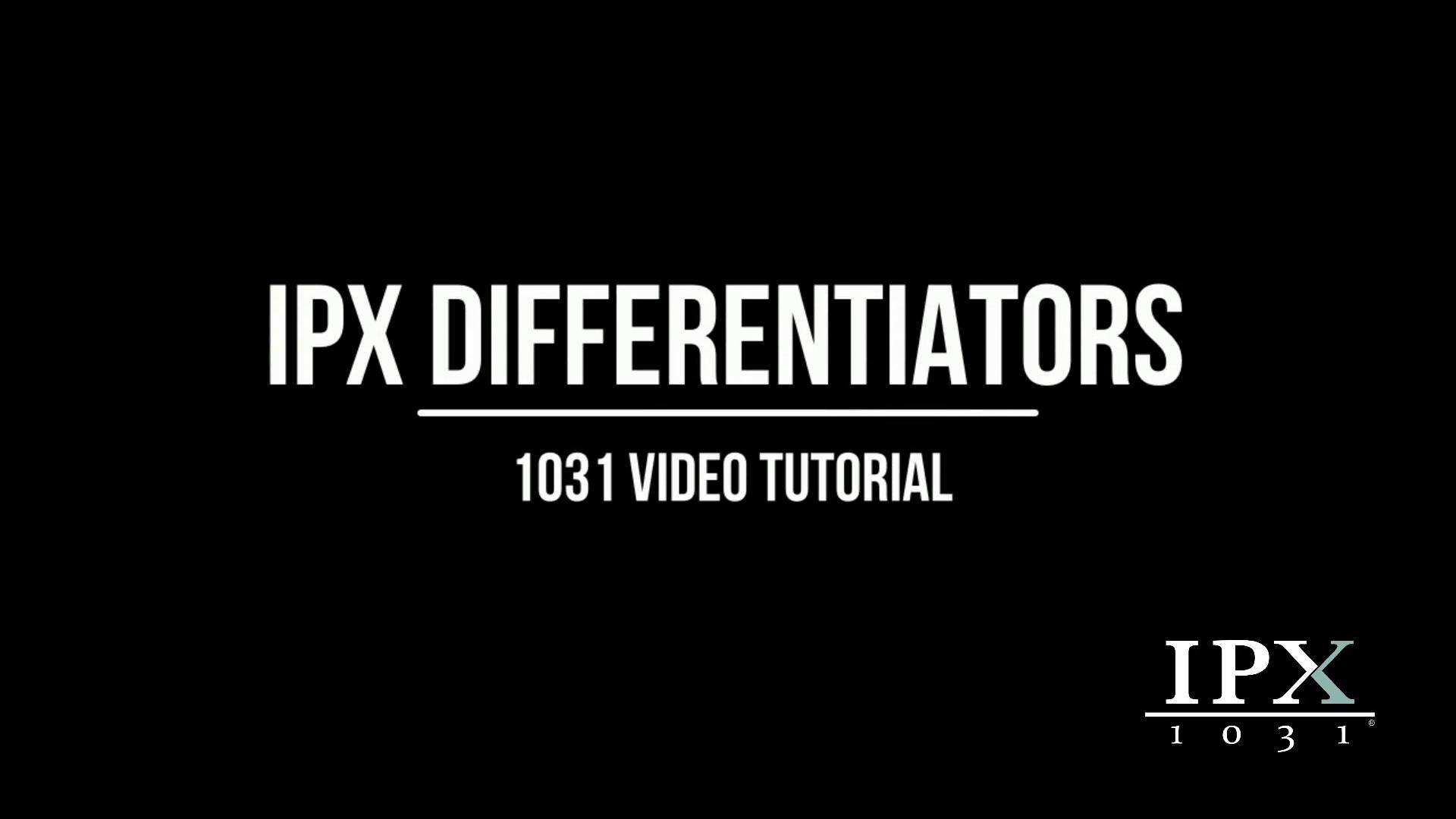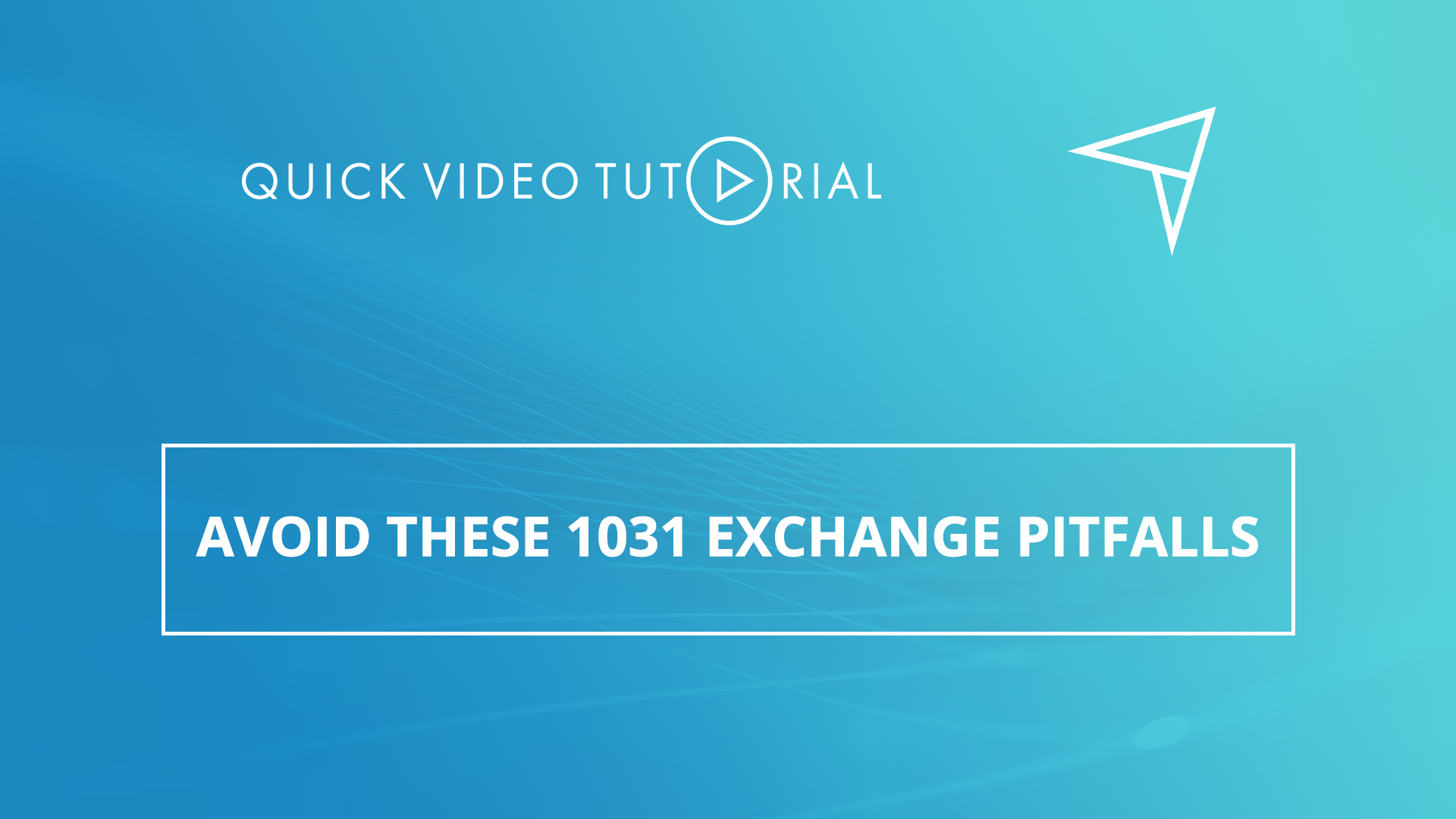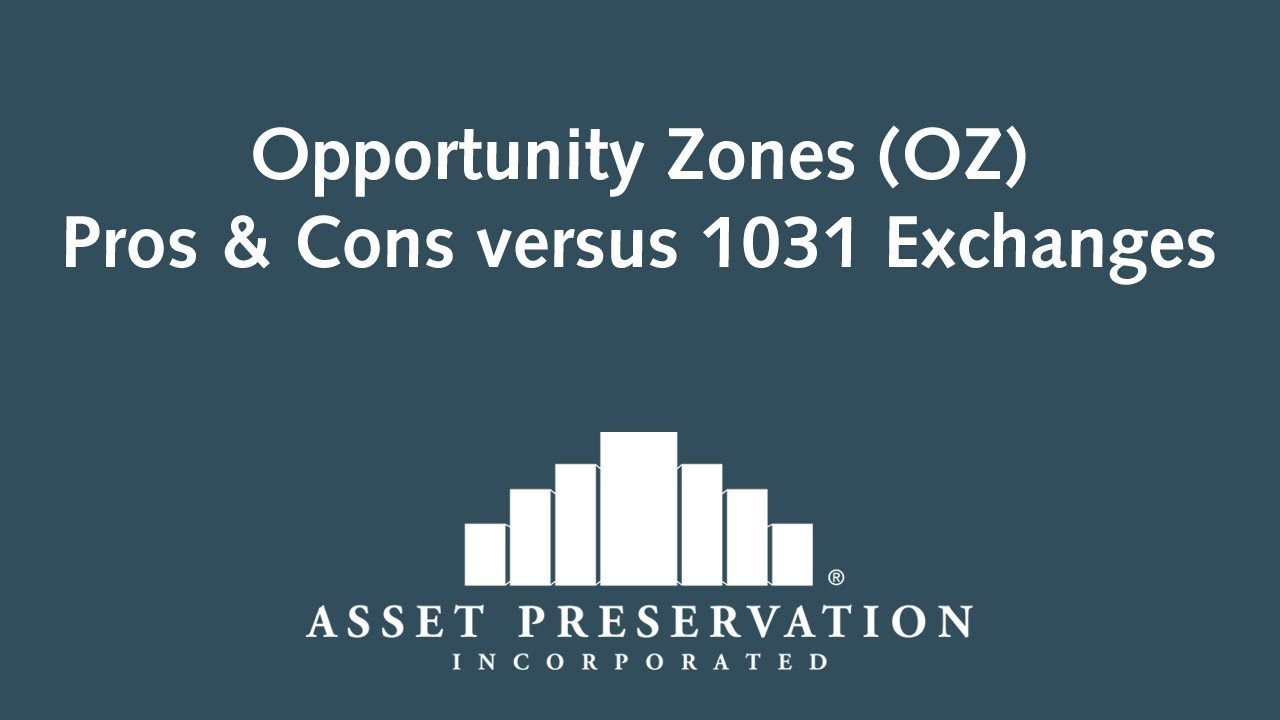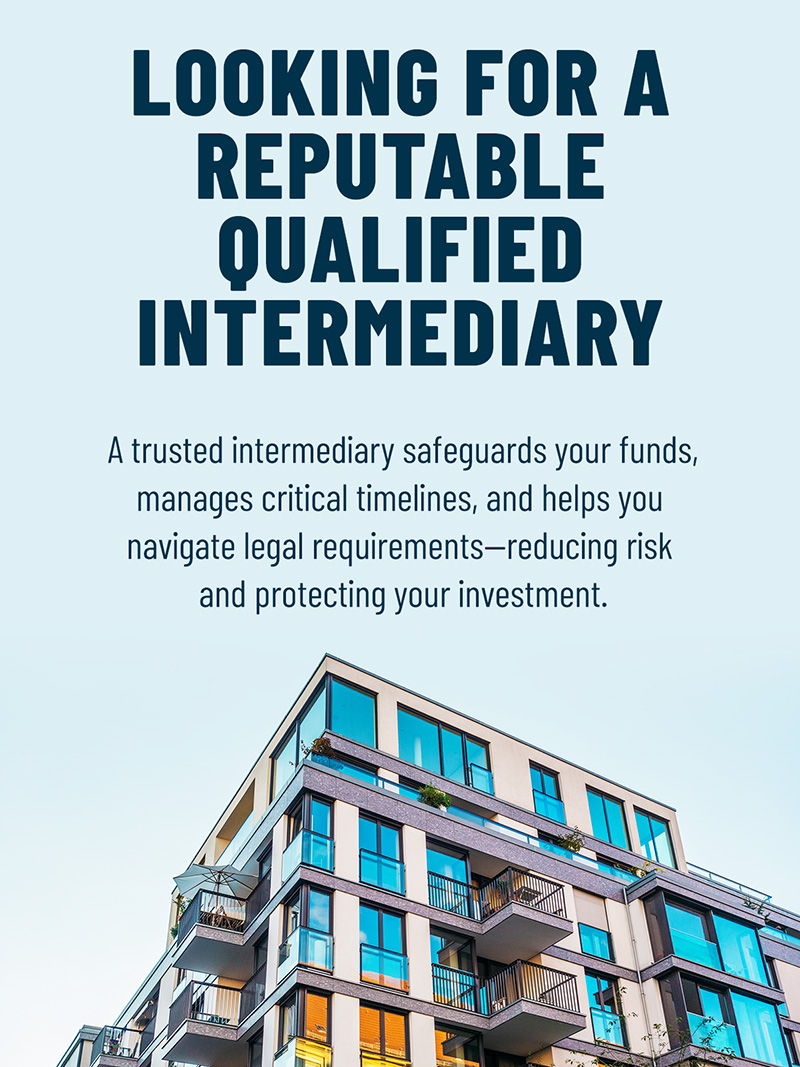History of 1031 Exchanges
History of extreme. Tax-deferred exchanging in some form has been with us since the 1920s. However, the difficulty associated with completing an exchange up until the late seventies was related to those issues, which arose around having to complete every transaction simultaneously that’s right up until the case law arising from the starker decisions.
Every exchange had to be done where all the transfers were coming. On the same day, not an easy task at all, but what happened with the starker situation was this, the starker family sold some land to crown Zellerbach company. And instead of receiving cash on the sale, they took credit on the books of the company.
Then over the course of a few years, as the starker family found a replacement property, they wanted. Crown Zellerbach would buy it and have a deeded to the starkers and apply to consider this credit. Well, you can imagine that the internal revenue service was unimpressed with this entire approach. So they questioned it and everything ended up in tax court.
But interestingly enough, what arose from their proceedings was that the delayed exchange concept was up. Granted, not all of the starker transfers were found to be compliant, but enough work. So that for the period between the starter case law rulings in 1984 delayed exchange could actually be completed legitimately in the circuit, which heard the case.
Well, obviously if you no longer had to close everything simultaneously. You’d do a delayed exchange as well. So naturally, the exchange volume increased. In fact, it increased to such an extent that the internal revenue service codified delayed exchanging in 1984, simply in an effort to get some control. Around the process, for instance, that’s where the 180-day timeframe and identification rules came from since then, we’ve got rules for reverse exchanges, which make them easier to complete as well as several revenue procedures and other forms of guidance that deal with many other forms of exchanging everything from programmed exchange in the fleets of cars and trucks to the partial exchange of assets, which are governed by different sections of — but that’s a little context, a little history of tax-deferred exchanging.


